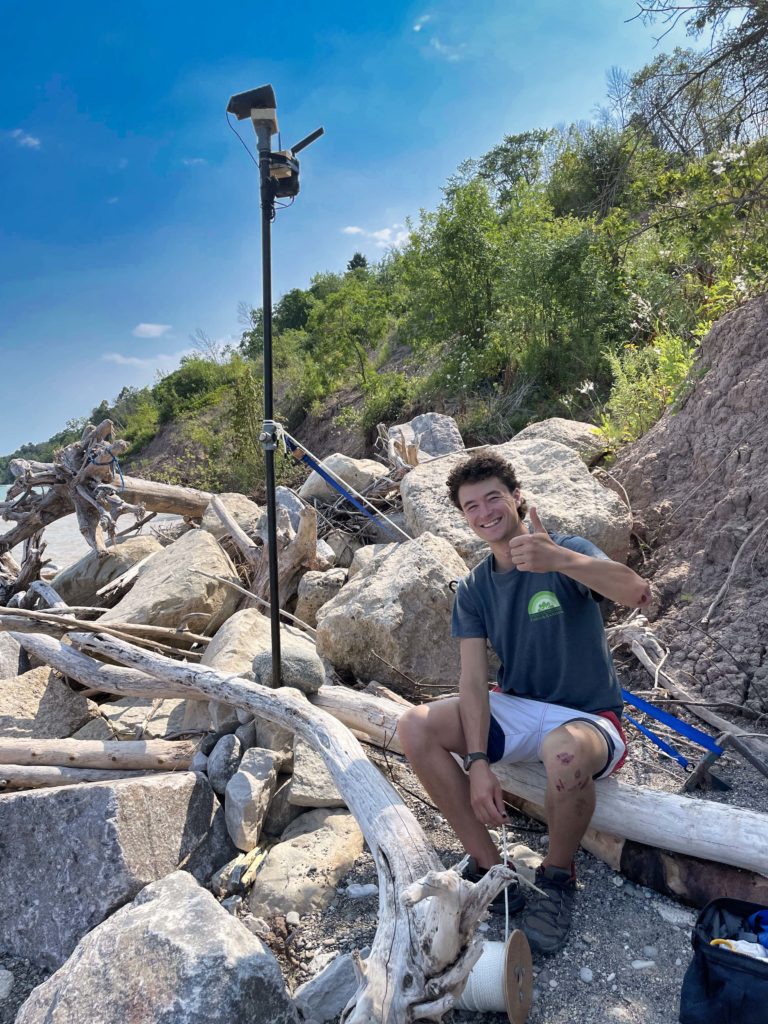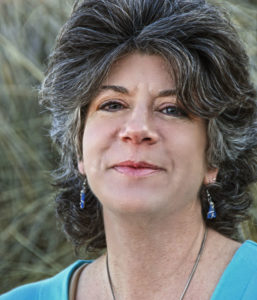Episode 37, 9/2/21
Lake Michigan Bluff Restoration

It’s not often that a Sea Grant research project proposal contains the word “forgiveness.” However, that’s one of the missions of a multi-Sea-Grant-program endeavor taking place in three communities along the Lake Michigan coast.
Record-high water levels, severe storm surges and shoreline armoring have caused significant erosion to the bluffs and beaches in many areas along the 1,460-mile Lake Michigan shoreline. The ground beneath houses and garages on the shore is washing away, causing some structures to topple into the lake.
Along with this physical breakage comes emotional breakage, with neighbors blaming neighbors and community organizations for these problems.
Project lead Chin Wu, a professor of civil and environmental engineering at the University of Wisconsin-Madison, said he is working to strengthen broken relationships and soothe anxiety.
In this episode you’ll learn about this two-year project undertaken by three Sea Grant programs that seeks to address complex erosion issues on Lake Michigan through an integrated physical, social and community approach.

Ph.D. student Miles Tryon-Petith, installs a real-time camera to track erosion on the Lake Michigan shoreline in Mequon, Wisconsin. Submitted photo.
Thanks to our guests
Chin Wu, University of Wisconsin-Madison
Miles Tryon-Petith, University of Wisconsin-Madison
Adam Bechle, Wisconsin Sea Grant
Credits

Marie Zhuikov | Host
Senior Science Communicator
What I do at Sea Grant
Marie writes about Great Lakes water issues, Sea Grant activities and research. She also works on podcasts, oversees the Wisconsin Sea Grant blog, and takes photos. She works in collaboration with program scientists, outreach specialists and institute staff to build water science literacy. Prior to joining Wisconsin Sea Grant in 2012, Marie worked for Minnesota Sea Grant for 15 years.


